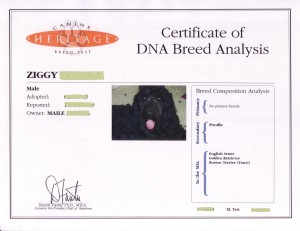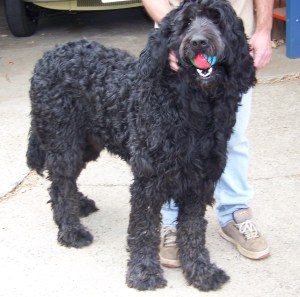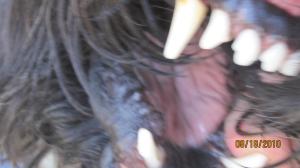“Did the man on the radio just say a plane hit one of the skyscrapers in New York City? Did I hear that right?” I thought. I was bleary eyed. It was early in California. The alarm had just gone off, the clock radio tuned to a public news station. “Gosh, how does a plane accidently crash into a building like that?” I was imaging this was an accident involving a single-engine plane. I bolted out of bed when the man reported the second plane hitting.
I ran to the television. It didn’t take long to come up to speed. I ran to get my husband so he could see the news. We sat there, dumbfounded.
I couldn’t help but think how this was going to affect our economy. We had already seen a large downturn after the dot.com bubble burst. Now what?
My more selfish thoughts were interrupted by the towers going down. We burst into tears. The phone rang. I could barely hear my dear friend Maile’s voice, “What is happening to our country?” Neither of us had an answer. We couldn’t bear to think about the victims.
The rest of the day went by slowly. I called my boss and woke him up. He was too shocked to finish our conversation, so I hung up. Neither my husband nor I went to work. We just sat there. Calls. More calls. Trying to figure out what happened. Trying to figure out when it would end. Trying to figure out how this day would change things.
And change things it did.
© Corey Oiesen 2012.






